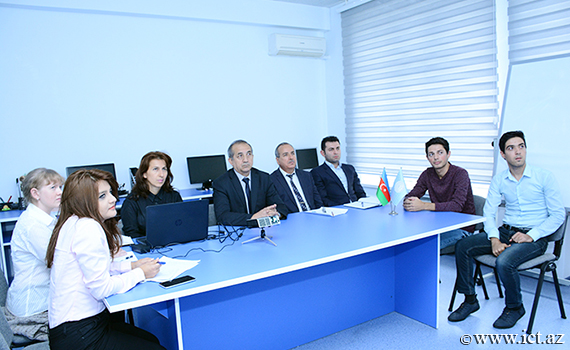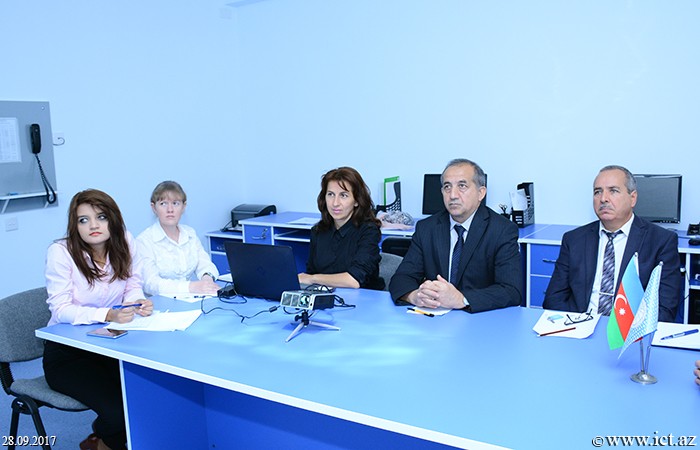The next scientific seminar devoted to the theme "Hybridization of classifiers for detection of anomalies in big data" was held at the Institute of Information Technology of ANAS.
PhD in technical sciences, associate professor Fargana Abdullayeva gave detailed information about theme.
She said cloud technologies are one of the most important innovations in modern ICTs and have a giant architecture that can perform complex calculations. Virtualization resources, parallel calculations, and integration of data in the deployed storageers are one of the advantages of cloud computing. According to him, the increase in the number of software applications using the cloud platform has led to a sharp increase in the volume of generated data in this environment.
Reporting that the cloud system provides users with flexible resources on a request, the reporter noted that the ability to access these systems through any device and the use of open networks affected the cloud environment by various types of cyber-attacks.
F.Abdullayeva said that the implementation of information security in the cloud environment creates abnormal behavior on the system's memory and processor resources, saying that it is necessary to evaluate the state of resource consumption in real time to detect abnormal behavior in the cloud system: "It is advisable to follow this criteria by following the server's criteria, .
The reporter said that the classification process of a large number of systems generated by these systems requires a great deal of time and expense, and that the problem of finding anomalies on a semi-supervised detection was satisfactory.
"The model based on the idea of a classic ensemble is based on the algorithms included in the classifier classes, such as Bayes classifiers, neural networks, and decision trees," said F.Abdullayeva, adding that the purpose of the use of multiple classifiers in the model is to improve the accuracy of detection of anomalies of the model.
F.Abdullayeva emphasized that the evaluation of the proposed model was carried out on the open cloud databases "Google cluster trace" and "Yahoo! S5" and the accuracy of detection was evaluated on the basis of a number of metrics.
The "Google Cluster Trace" database engine used for experiments has been composed of 6 elements and vector 1048576. The data collected here is large enough. It is almost impossible to process data with this volume on individual computers. Therefore, the experimental study of the proposed method was carried out in the cloud environment of AzScienceNet science-computer network operating under the Institute of Information Technology of ANAS.
In the end, the reporter noted that during the testing of the model on existing databases, high results were obtained in the detection of its anomalies.
Discussions were held around the report, questions were answered.
© All rights reserved. Citing to www.ict.az is necessary upon using news










